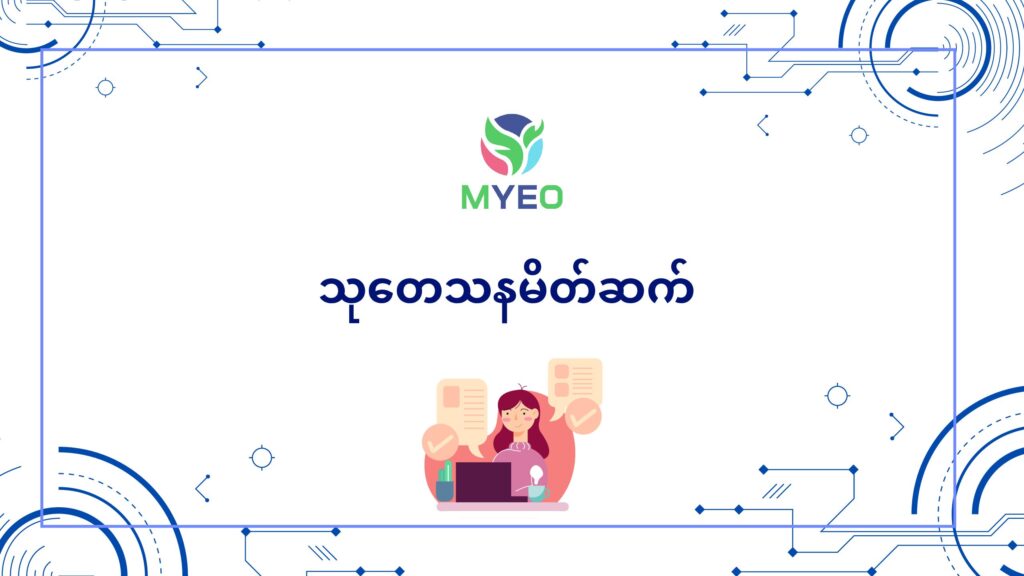What is Research and Why is it Important?
- Research is a careful and detailed study into a specific problem, concern, or issue using the scientific method. This is best accomplished by turning the issue into a question, with the intent of the research to answer the question.
- Research is careful and organized study or gathering of information about a specific topic.
- Research is “creative and systematic work undertaken to increase the stock of knowledge, including knowledge of humans, culture and society, and the use of this stock of knowledge to devise new applications
- Research is a process to discover new knowledge
Types of Research Methods
- Basic research: A basic research definition is data collected to enhance knowledge. The main motivation is knowledge expansion but not creating or inventing anything. For example: an experiment to determine a simple fact.
- Applied research: Applied research focuses on analyzing and solving real-life problems. This type refers to the study that helps solve practical problems using scientific methods. For example: finding a specific cure for a disease.
- Problem oriented research: As the name suggests, problem-oriented research is conducted to understand the exact nature of a problem to find out relevant solutions. The term “problem” refers to multiple choices or issues when analyzing a situation.
Two types of research methods
- Quantitative:
- is defined as a systematic investigation of phenomena by gathering quantifiable data and performing statistical, mathematical, or computational techniques.
- Data in numerical form
- Data that can be precisely measured
- age, cost, length, height, area, volume, weight, speed, time, and temperature
- Harder to develop
- Easier to analyze
- Qualitative:
- This involves understanding human behaviour and the reasons that govern such behaviour, by asking a broad question, collecting data in the form of words, images, video etc.
- Focuses on non-numerical data i.e. meanings, concepts, definitions, characteristics, metaphors, symbols, and description of things” and not to their “counts or measures.
- It’s an inquiry. It helps create in-depth understanding of problems or issues in their natural settings. This is a non-statistical method.
Different types of data collection methods
Qualitative Methods of Data Collection
- In-depth Interviews: These explore experiences, views, opinions, or beliefs on specific matters.
- Focus Groups Discussion: FGDs are facilitated discussions, held with a small group of people 6-12 who have specialist knowledge or interest in a particular topic.
- Observation: Observational methods are used to understand phenomena by studying people’s accounts and actions in an everyday context
- Document Review: Document analysis is based on existing sources, like government reports, personal documents, articles in newspapers, books or medical records.
Qualitative Methods of Data Collection
- Participatory Photography: Photography can be used as data collection methods. They can also be used to help analyze or communicate information. Can be used on their own, but are more often accompanied by written captions, providing additional information.
- Photographs can provide an objective picture of activities or changes.
- Photographs are most often used to show physical changes i.e. before & after the intervention
- Can be used for data collection and analysis
- Can be used extensively in marketing, communications & advocacy.
- Videography: Videos have the additional advantage that they can capture moving images, accompanied by sound. Videos are often accompanied by a commentary
- Videos are better able to show processes and relationships, such as how teachers interact with children in a classroom
| DATA COLLECTION METHOD | ADVANTAGES | DISADVANTAGES |
| Personal intercept surveys – asking people in public areas to complete a survey | Higher response ratesQuestions about the survey can be asked and answered | People are needed to administer the surveys, therefore is can be time consuming and costlySurveys need to be fairly short (15 minutes or less) |
| Online surveys | Low costsQuick responsesRespondents have time to consider their answers | Access is limited to those with Internet accessQuestions and about the survey cannot be asked and answeredResponse rates can be lowNeed good quality email database |
| Telephone surveys | Relatively quick to administerQuestions about the survey can be asked and answered | Can be expensiveSurveys need to be relatively short (15 minutes or less)Questions must be relatively simple |
